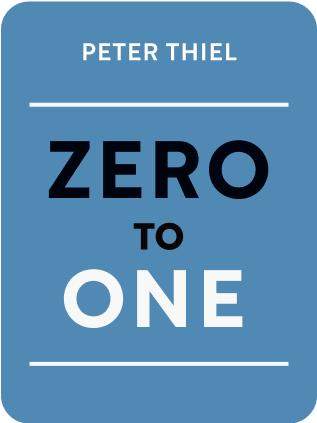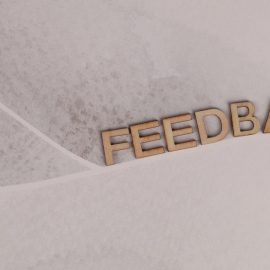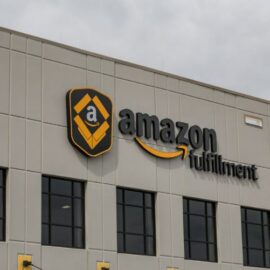

This article is an excerpt from the Shortform summary of "Zero To One" by Peter Thiel. Shortform has the world's best summaries of books you should be reading.
Like this article? Sign up for a free trial here .
What happened when the dot-com bubble burst? How did investors react to the crash?
When the dot-com bubble burst in 2000, investors became skeptical of any company that had aspirations of shaping the future. And their newfound skepticism became part of the new conventional wisdom.
Here’s why that wisdom was misguided, according to Peter Thiel.
When the Dot-Com Bubble Burst
The dot-com bubble burst early in the year 2000. That year, the stock market peaked in March and then plummeted to a fifth of that peak value within the next month. As a result, investors lost faith in the idea that the internet would shape the future of the global economy.
Peter Thiel, the author of Zero to One, identifies four specific lessons that came to be conventional wisdom after the dot-com bubble burst:
1) Be satisfied with marginal improvements. Grandiose visions created the dot-com bubble, so don’t let yourself think you can change the world.
2) Manage your company reactively. The bubble was driven by unsustainable spending on the pretense of growing unprofitably in the short term to become hugely profitable in the long term. So, instead of creating bold, long-term plans, you should focus on staying flexible and adapting to situations in the short term.
3) Stick to established markets. The bubble was based on a presumption that the internet would completely reshape the global market landscape, and many internet companies failed to realize the new markets they envisioned. It’s less risky to compete in an existing market than to try to create new markets.
4) Build a product that sells itself. During the bubble, companies wasted a lot of money on advertising, when they should have focused on developing a product that was good enough to spread virally.
Thiel contends that these are not the right lessons to draw from the crash of the dot-com bubble. Indeed, he asserts that, no matter how much they may be ingrained into conventional wisdom for today’s high-tech startups, they all represent bad advice: Thiel thinks it’s better to have a grandiose vision than to be satisfied with marginal improvements, and long-term strategic planning is crucial for a successful startup. Sticking to established markets puts you into head-to-head competition that severely limits your ability to make a profit. And no product truly sells itself—distribution and marketing needs to be part of your plan.
Thiel concedes that the companies involved in the dot-com bubble made mistakes, as evidenced by the fact that they all ostensibly set out to introduce revolutionary technology, and very few of them actually did. That said, he affirms that we still need revolutionary technology, and expresses concern that post-crash conventional wisdom is preventing companies from developing it.

———End of Preview———
Like what you just read? Read the rest of the world's best summary of Peter Thiel's "Zero To One" at Shortform .
Here's what you'll find in our full Zero To One summary :
- Why some companies genuinely move the world forward when most don't
- How to build a company that becomes a monopoly (and why monopolies aren't bad)
- Silicon Valley secrets to selling products and building rockstar teams






